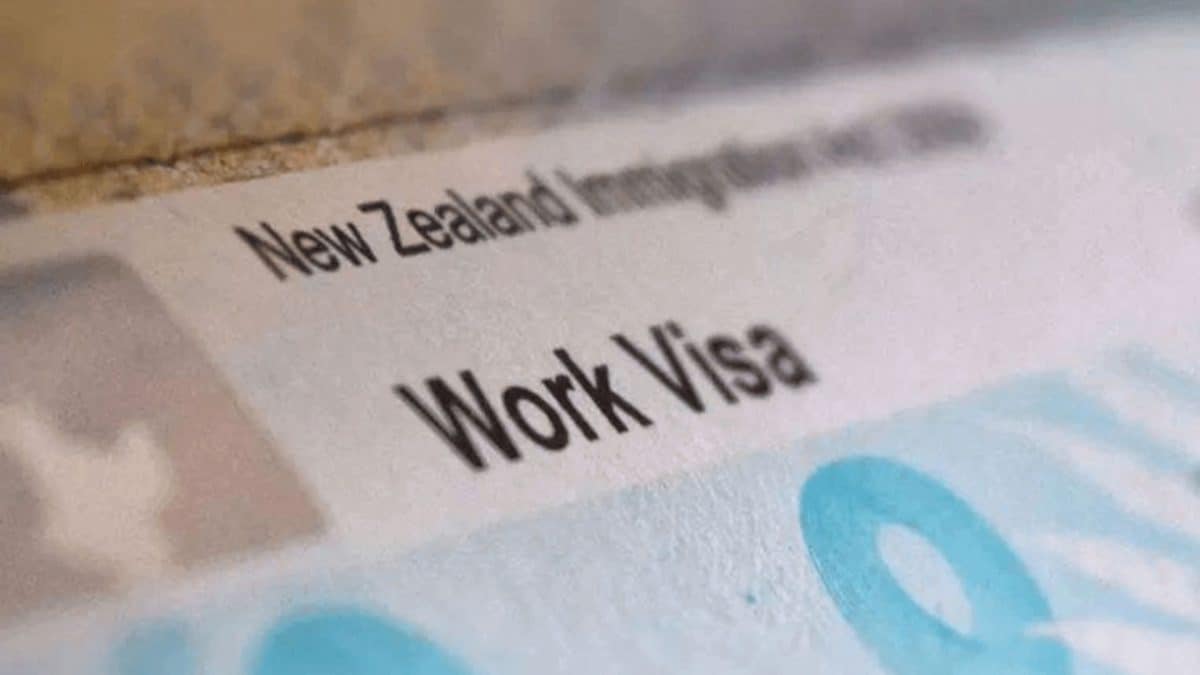Come October, traveling to New Zealand will become a luxury as the government there has significantly jacked up visa charges, including both fees and levies. The new visa charges for New Zealand come into effect from October 1, 2024 and these changes will impact nearly all visa categories. However, the New Zealand government will continue to offer subsidised fees for visa applicants from Pacific countries, reflecting its ongoing commitment to supporting its Pacific neighbors.
Immigration Minister Erica Stanford emphasised the competitive nature of the new charges, stating, “The charges remain competitive compared to countries like Australia and the United Kingdom, so we are confident New Zealand will continue to be an attractive destination to live, work, study, and visit.” Student, post-study New Zealand visa charges to get costly Starting October 1, the fees for various visa categories will be adjusted. For instance, the cost of a student visa will rise from $300 to $485, while the fee for a post-study work visa will decrease from $490 to $320.

Additionally, the Immigration Levy for student visas will increase from $95 to $265, and for post-study work visas, it will see a substantial rise from $210 to $1350. Changes in accredited employer work visa The Accredited Employer Work Visa (AEWV), which is a key temporary work visa in New Zealand, will also see changes. The visa fee will be reduced from $540 to $480 as of October 1.
However, the new Immigration Levy for this visa will increase dramatically to $1,060 from the $210 at present. Revised requirements for accredited employer work visa On April 7 this year, additional updates were announced for the AEWV scheme. These include the introduction of an English language requirement for migrants applying for low-skilled roles classified under ANZSCO levels 4 and 5.
Furthermore, a minimum skills and work experience threshold will be imposed for most AEWV roles. Employers will now need to engage with Work and Income, New Zealand’s welfare agency, for roles at ANZSCO levels 4 and 5 before they can be granted approval to hire migrants. This measure ensures that local workers are given priority and that hiring migrants is genuinely necessary.
Additionally, the maximum continuous stay for most roles at these levels will be reduced from five years to three years. These updates are part of the government’s efforts to regulate the employment of migrant workers and ensure that local labor needs are met effectively..



















